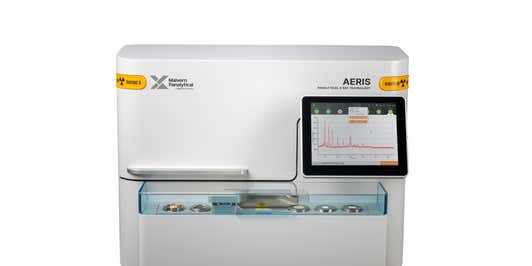Throughout the process - from clay ore monitoring to quality assurance of ceramics and refractories - accurate analysis of the properties of raw materials and manufactured products improves yield and margin during beneficiation and processing.
Malvern Panalytical offers a wide range of analytical solutions to explore, mine and process clays and to control and predict the conditions during forming, drying and firing of ceramics and refractories.
Frequent and accurate monitoring of clay mineralogy, elemental composition, particle size and shape are essential to make the extraction and separation of clays profitable and to meet the requirements in remote and rough environments.
Clays
Kaolin is an important raw material in ceramic production. It is used in many consumer products and as a functional additive and process enabler in manufacturing.
Bentonite, a smectite clay, with its special properties (thixotropy), is mandatory for iron ore pelleting and oilfield mineral markets.
Processing of clays included removing of impurities, engineering clay particle size and shape, reducing moisture content and enhancing certain properties through thermal and chemical treatment. We offer portable near-infrared spectrometer (NIR) solutions - for geologists to perform rapid and non-destructive analysis of clay minerals, such as kaolinite, in the field - to ensure fast feedback for mine planning and the definition of new clay deposits.
Our on-line solutions for elemental monitoring on conveyor belts enable ore sorting based on impurities - such as Fe and Ti - that influence the brightness and quality of clays. Blending and sorting of clay ores avoids expensive benefaction costs. Whether in the laboratory or real-time, our solutions based on laser diffraction facilitate frequent control of particle size distribution in wet and dry dispersions.
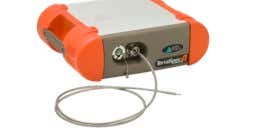
ASD TerraSpec range
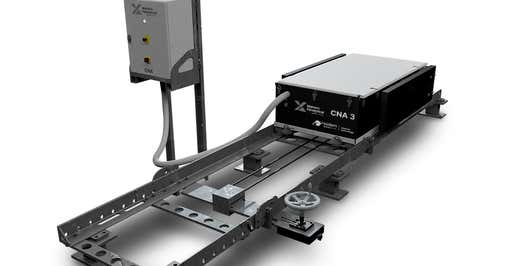
CNA³ elemental cross-belt analyzer
Ceramics
The quality of clay raw material is always checked before further processing. Liberation of impurities allows better blending, mixing and forming to produce a more constant and reactive material when firing. Our X-ray fluorescence (XRF) spectrometers improve yield and margin of ceramic production by checking the quality of incoming raw materials. This ensures that only high-quality raw materials are used for ceramic manufacturing and avoids firing of products that cannot be sold.
The particle size of raw materials is important for proper bonding and a smooth surface on the finished product. Real-time or laboratory analysis of the particle size of dry or wet dispersions enables the separation of desirable material from non-usable to achieve optimal fire conditions at lowest costs.
After forming, drying and glazing ceramics are fired (sintered) and consolidated into dense, cohesive bodies made up of uniform grain. During this process material stress appears in the products. Our X-ray diffraction (XRD) solutions can be used to quantify material stress to avoid cracking and warping.
Mastersizer range
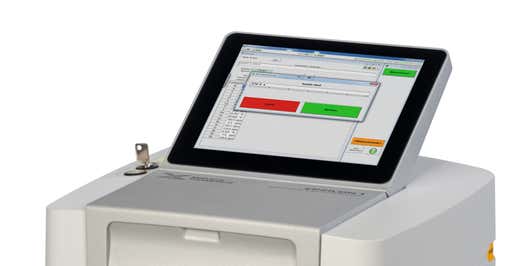
Epsilon 1 Mining
Refractories
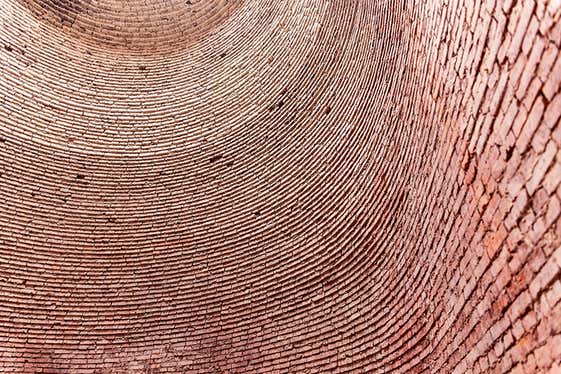
The essential property of a refractory material is its ability to retain its strength at extremely high temperatures. Such materials may also be required to be chemically inert, resistant to thermal shock and to have specific values of thermal expansion or conductivity depending on their use. The applications of refractory materials are diverse, from bricks for lining the inside of a furnace to the heat resistant tiles used to protect the space shuttle during re-entry.
Refractory products are made up of both natural and synthetic materials such as alumina, bauxite, chromite, dolomite, magnesite, silicon carbide and zirconia, as well as many others. Processing of refractories is affected by mineralogical and elemental composition and particle size distribution. These properties affect viscosity of the suspension and therefore the easiness of handling during processing. Additionally, sintering requires a high packing fraction for good contact between particles to ensure high temperature strength.
We offer solutions that enable constant control of particle size distribution of wet and dry dispersions for every step of the process in refractory production. Industrial X-ray diffractometers (XRD) are the preferred tool to monitor mineral composition of raw materials and refractories. Fast, safe and cost-effective elemental analysis - using our benchtop X-ray fluorescence (XRF) spectrometers - can directly analyse in process environments and reduce the need for wet-chemical labs. Cumbersome and expensive sample preparation can be eliminated by high throughput fusion instruments for glass disk making to ensure accurate elemental quantification.




